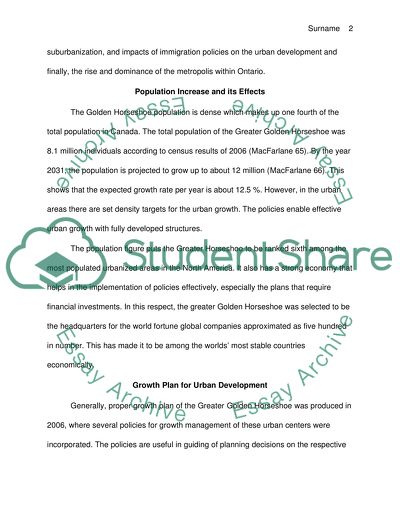Cite this document
(“Postwar Urban Development in the Golden Horseshoe Research Paper”, n.d.)
Postwar Urban Development in the Golden Horseshoe Research Paper. Retrieved from https://studentshare.org/environmental-studies/1437070-postwar-urban-development-in-the-golden-horseshoe
Postwar Urban Development in the Golden Horseshoe Research Paper. Retrieved from https://studentshare.org/environmental-studies/1437070-postwar-urban-development-in-the-golden-horseshoe
(Postwar Urban Development in the Golden Horseshoe Research Paper)
Postwar Urban Development in the Golden Horseshoe Research Paper. https://studentshare.org/environmental-studies/1437070-postwar-urban-development-in-the-golden-horseshoe.
Postwar Urban Development in the Golden Horseshoe Research Paper. https://studentshare.org/environmental-studies/1437070-postwar-urban-development-in-the-golden-horseshoe.
“Postwar Urban Development in the Golden Horseshoe Research Paper”, n.d. https://studentshare.org/environmental-studies/1437070-postwar-urban-development-in-the-golden-horseshoe.


